At St. Olaf, neuroscience research is vibrant, collaborative, and deeply interdisciplinary—reflecting the broad nature of the field itself. Faculty in neuroscience are active researchers across departments including Biology, Psychology, Physics, and their projects explore everything from cellular mechanisms to cognitive behavior, clinical practice, and public health.
Our students play a central role in this research, contributing to the design, execution, and analysis of experiments, and frequently co-authoring publications or presenting at national conferences. Whether you’re interested in understanding the sensory systems of insects, the effects of substances on brain function, or neural correlates of spatial memory, you’ll find a place to engage deeply with neuroscience in and out of the classroom.
Students’ Experience Exploring Neuroscience and Sound Around the World
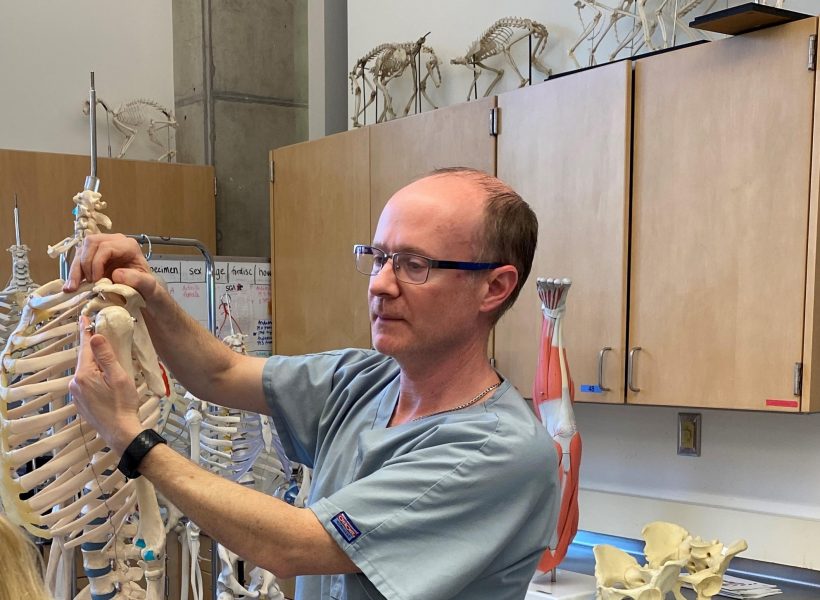
Dr. Kevin Crisp – Biology
Dr. Crisp’s lab bridges biology and biomedical research, offering students opportunities to contribute to real-world applications such as skeletal repatriation under the Native American Graves Protection and Repatriation Act (NAGPRA). His work in collegiate emergency medicine provides hands-on experience with clinical data, focusing on neurological conditions like altered mental status and syncope, perfect for students interested in health professions, forensic science, or public health.
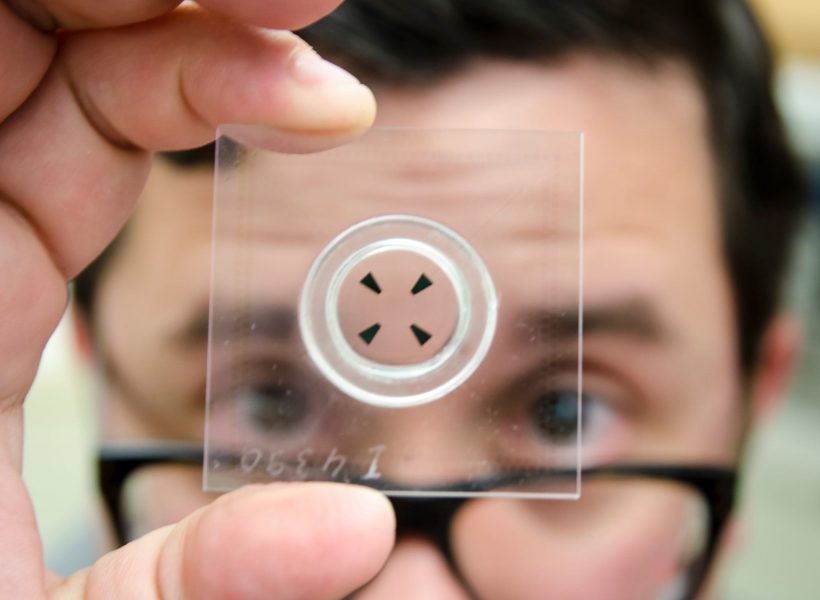
Dr. Jay Demas – Biology & Physics
Dr. Demas investigates how the nervous system processes light and magnetic information—two of the most enigmatic sensory modalities. His interdisciplinary lab combines molecular biology, electrophysiology, and physics to study circadian regulation via melanopsin and explore the cutting-edge mechanisms of animal magnetoreception. Students gain valuable experience in neurophysiology and sensory neuroscience using innovative cross-disciplinary tools.
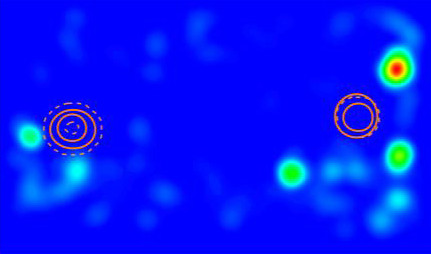
Dr. Shelly Dickinson – Psychology
Dr. Dickinson’s lab focuses on how psychoactive substances like alcohol, antidepressants, and delta-8 THC affect the developing brain. Using adolescent mouse models, her research gives students training in behavioral neuroscience and pharmacology. This is an ideal preparation for those pursuing graduate or pre-health careers with an interest in substance use, mental health, or adolescent development.
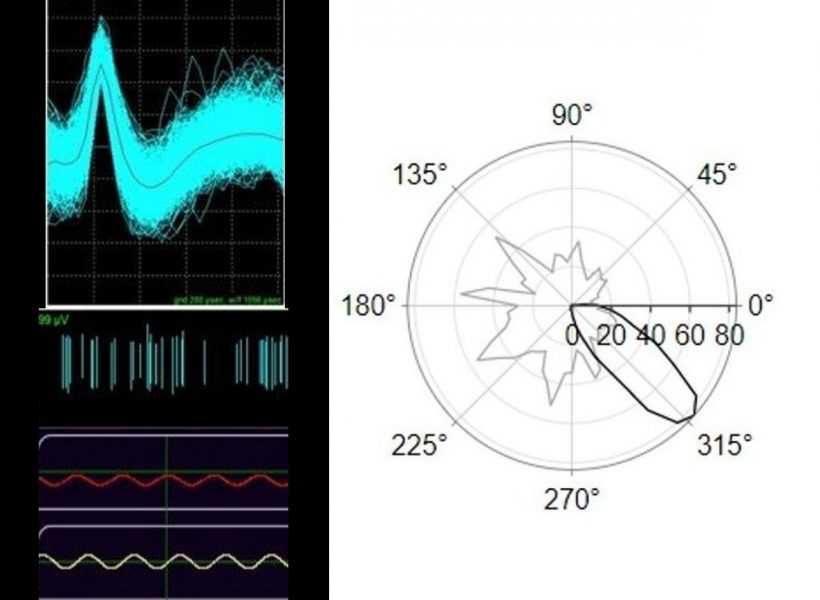
Dr. Gary Muir – Psychology
Dr. Muir‘s research explores how the brain encodes spatial orientation, focusing on the role of Head Direction cells in freely moving animals. His lab trains students in electrophysiology and behavioral neuroscience while tackling fundamental questions about navigation and memory. This is an excellent opportunity for students interested in systems neuroscience and neural computation.
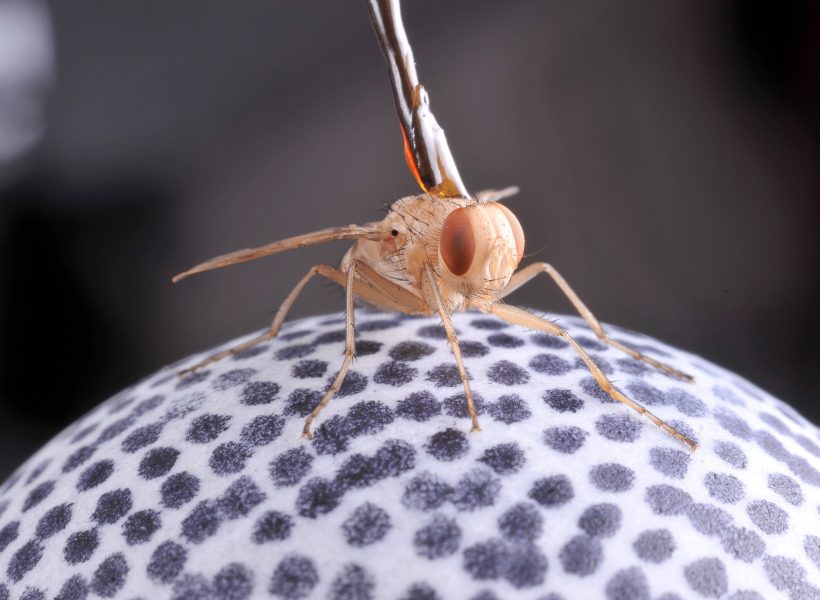
Dr. Norman Lee – Biology
Dr. Lee’s lab investigates how animals hear, localize, and respond to sound, with a focus on the evolution and mechanisms of auditory systems. His research spans a range of species—including parasitoid flies, crickets, frogs, and mosquitoes—offering students the chance to study complex behaviors like phonotaxis, mate choice, and acoustic communication. Using techniques in neurophysiology, biomechanics, and behavioral analysis, students engage in hands-on projects that explore sensory processing and motor control in naturalistic settings. Supported by an NSF CAREER grant, Dr. Lee’s lab provides immersive training in neuroethology and sensory ecology, from experimental design to data analysis and communicating of resesarch results.
Dr. Jeremy Loebach – Psychology
Dr. Loebach’s research explores how individuals perceive, learn, and adapt to sound, with particular emphasis on auditory development, speech perception, and the effects of auditory experience. His work investigates how people, especially those with hearing loss or cochlear implants, process and adapt to changes in their acoustic environment. Students in his lab gain experience in designing behavioral experiments, analyzing perceptual and cognitive data, and exploring real-world applications of auditory learning, language development, and communication across diverse populations.
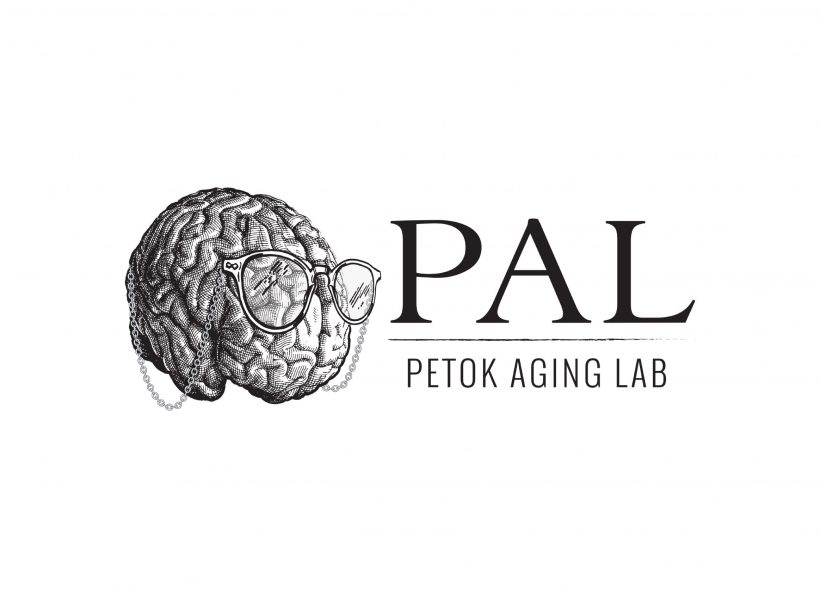
Dr. Jessica Petok – Psychology
Dr. Petok explores why some people’s memory stays strong as they age, while others experience decline. Her lab studies how cognition and brain structure differ between adults of different ages. Students learn to work with large data sets and neuropsychological tools, gaining insight into aging, memory, and the science of brain health.